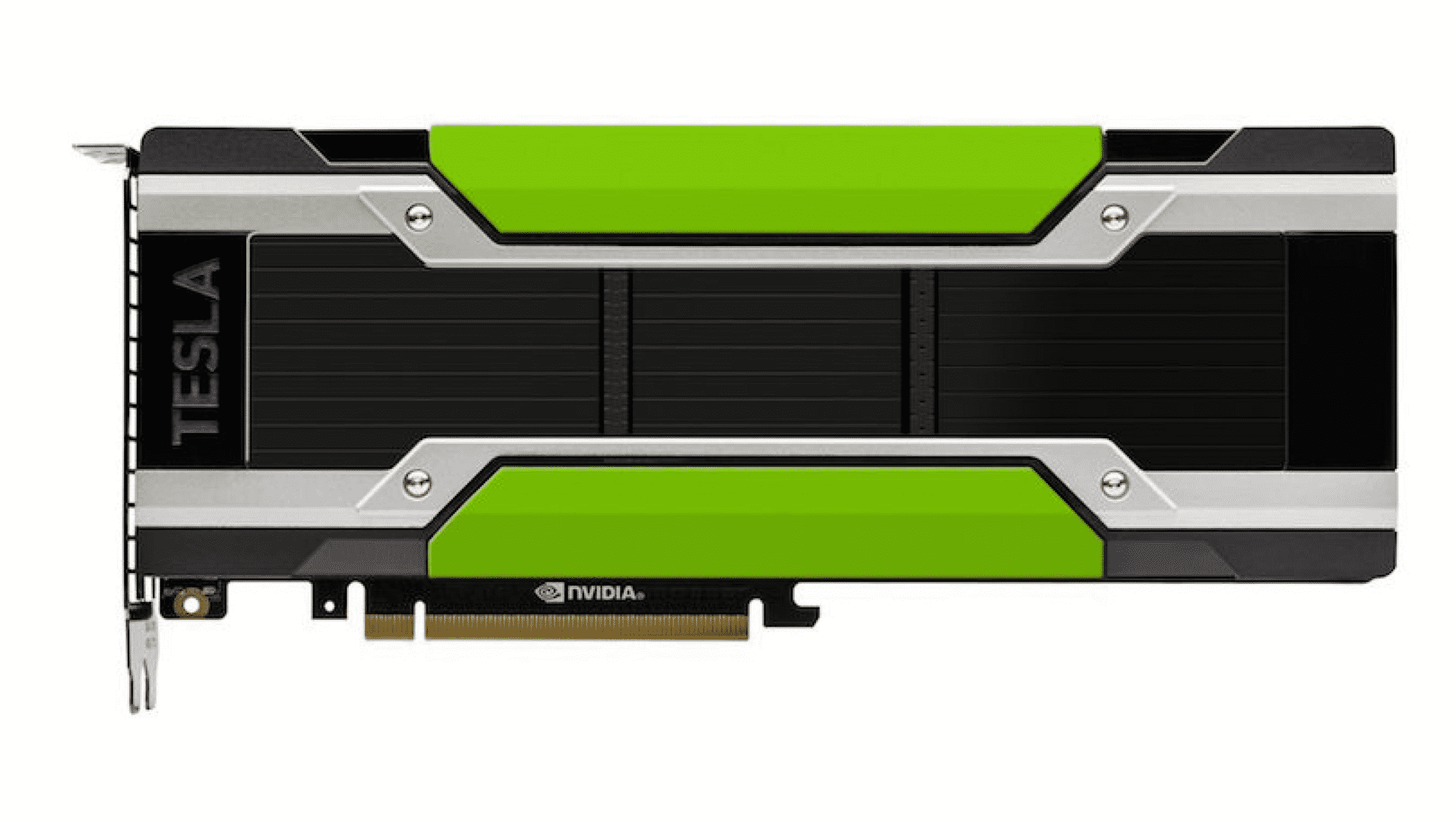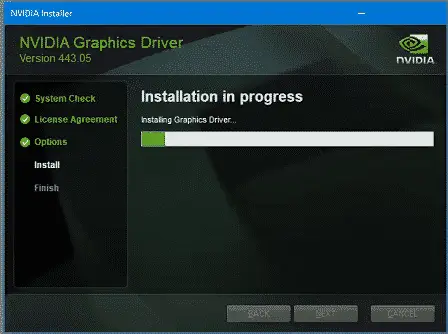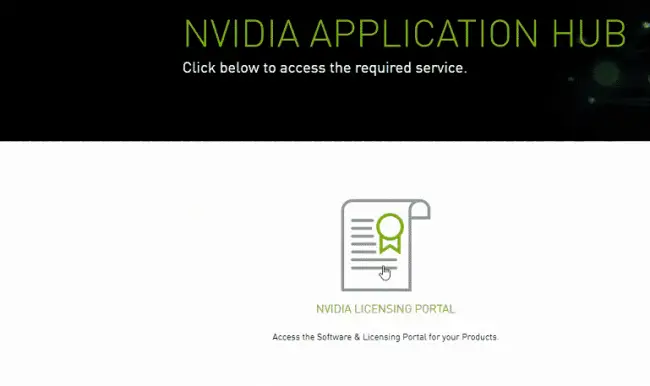Updating and installing NVIDIA GPU drivers on VMware vSphere

Today, I am working with my client to install and upgrade new NVIDIA Tesla M60 GriD drivers to the VMware vSphere infrastructure. The new versions of the software came out in May 2020 and are version 10.2 (Build 440.87 for VMware).
Determine the correct version

Downloading the Drivers
The hardest part of this whole process is locating and downloading the darn drivers. Luckily, we’ve done the leg work for you. Your first stop is the NVIDIA Enterprise support page. You will need an enterprise login to properly access this page.
From here, you can choose the Licensing Portal page to access the software to download. Be sure to set up the appropriate filters on the top so you are downloading the correct software. Mismatched drivers can create a lot of issues in your environment.

Once you have the download (which includes necessary VIBs AND Windows /Linux guest display drivers), you can unzip it to a folder.

Upgrading the Software
For Update Manager deployment, you will need the Offline Bundle and can follow the instructions below for adding to Update Manager.
Pushing the NVIDIA Grid VIB to vSphere using Update Manager for vGPUs.
I’ve been working with a customer getting the NVIDIA Tesla M60 cards working in their environment and compiled some great information for those of you looking into this. So the official installation guide for the VIB is pretty much this KB article: https://kb.vmware.com/kb/2033434 This is a pretty manual process. I found that you can also […]
Once the NVIDIA VIB has been imported and assigned to a baseline, you can deploy it to your various VMware ESXi hosts.

Be advised that current (440.87) NVIDIA VIB installation did not require a reboot or maintenance mode to install.
Upgrade the Licensing Server
Additionally, we also updated the license manager software for our on-prem installation. The installation was very straight forward with a setup, next, next, finish type of sequence.

For our situation, we had an older 32-bit installations in order to install the new 64-Bit ONLY version of the License Server. This included uninstalling the License Server, Java and TomCat applications from the server and rebooting for safe measure. As part of the reinstall/upgrade, we needed to manually install Java v8 64Bit. Once the License server was upgraded/installed, we also needed to re-upload reissued licenses from the license portal above.

Be aware that once we upgraded the license server, all ESX hosts and Golden images needed to be upgraded. The license server was NOT backwards compatible but seemed to be forwards compatible. This means that you would upgrade all VIBs and Golden image Display drivers and the License Server as the last step of the upgrade procedures.

Happy Upgrading!
– Carlo


